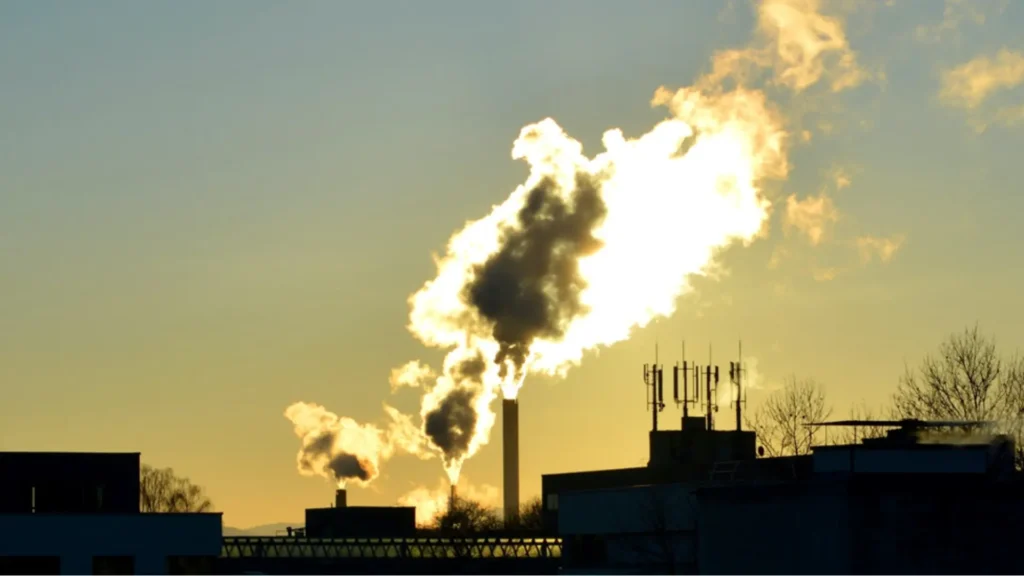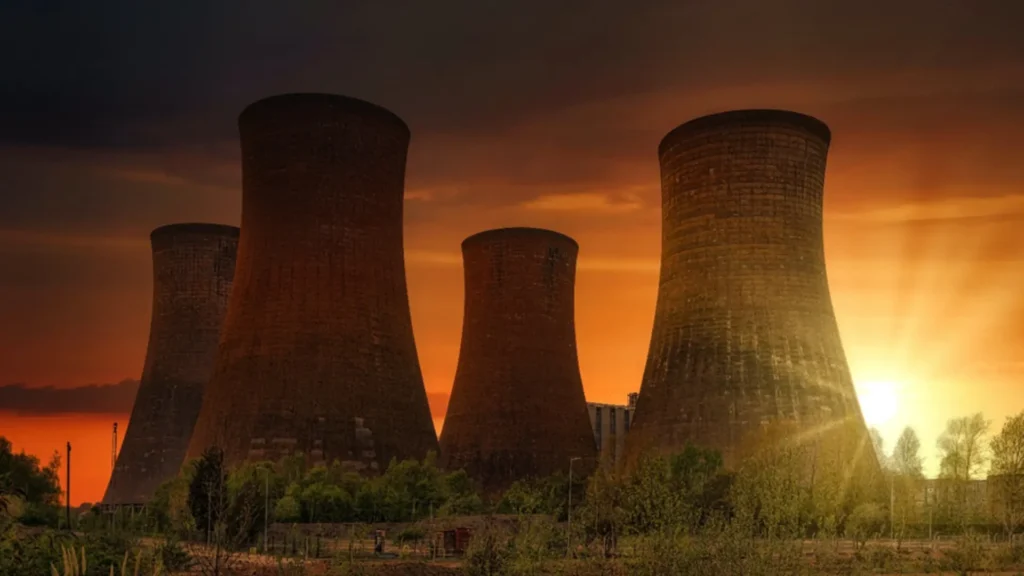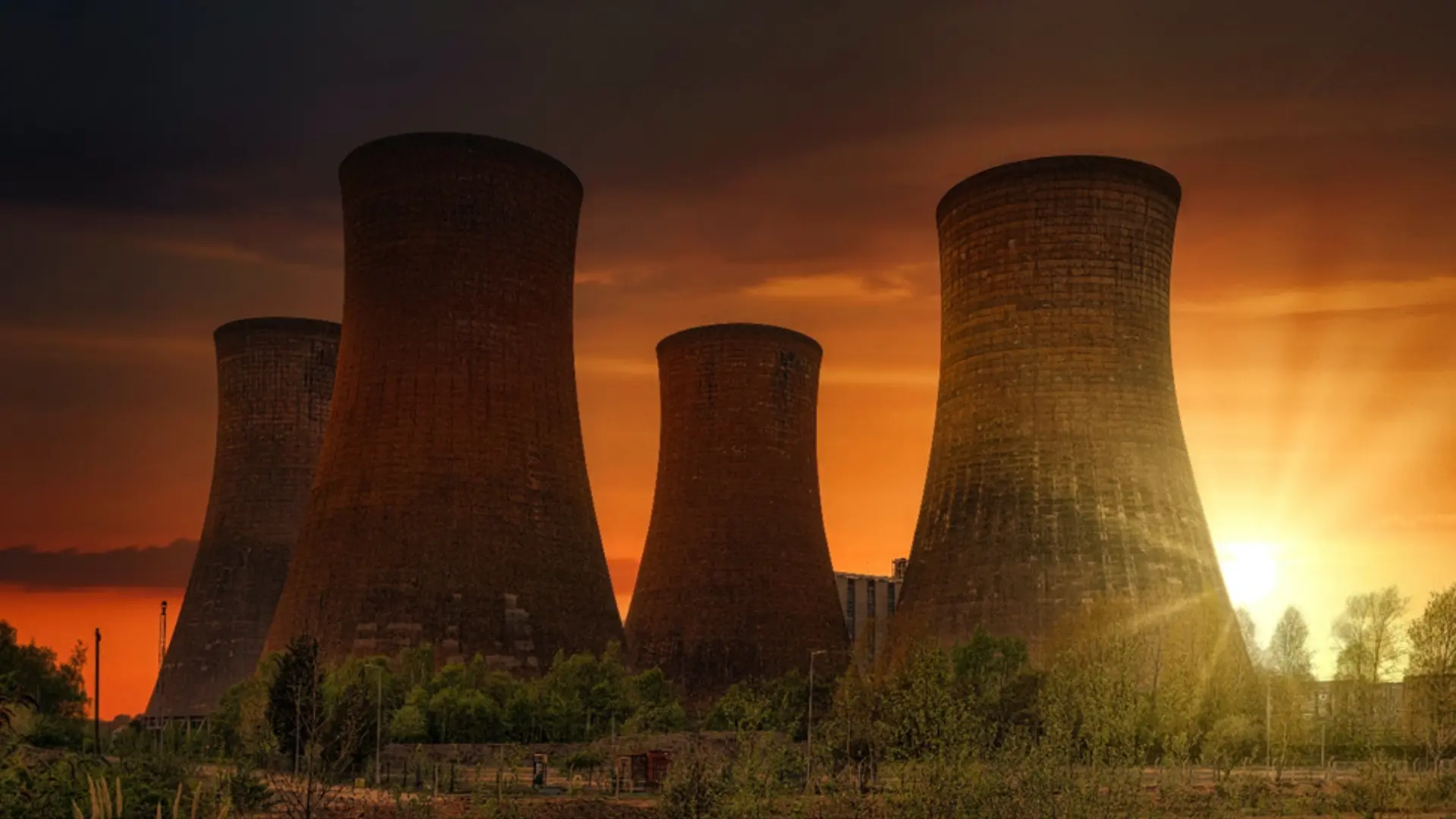Waste to Energy by Thermal Technologies: Viable Solution for Waste Management and Energy Production
Waste to Energy by Incineration Process
Incineration is a well-established technology for converting waste into energy. As a waste management process, this involves the high-temperature combustion of waste to produce heat, which can be utilized to generate electricity or steam. In this article, we will explore the science behind incineration, its benefits, and its potential to transform the future of waste management.
Incineration is a thermal treatment process that involves the combustion of waste materials. The process begins by feeding the waste into a furnace, which is burned at high temperatures (usually between 800 and 1000°C) to produce heat. The heat is then used to produce steam, generate electricity or provide heat for industrial processes. The waste is broken down into ash, flue gas, and heat during incineration. The ash is typically collected and disposed of in a landfill, while the flue gas is treated to remove any pollutants before being released into the atmosphere.
Incineration offers several benefits over other waste-to-energy technologies:
- Incineration can produce significant amounts of energy from waste that would otherwise be sent to a landfill. This can help to reduce reliance on fossil fuels and lower greenhouse gas emissions.
- Incineration can significantly reduce the volume of waste, which can help to extend the lifespan of landfills and reduce the need for new landfill sites.
- Incineration can destroy hazardous materials, such as medical waste, chemicals, and pesticides, making it a safe and effective way to manage these materials.
- Incineration can provide economic benefits, such as creating jobs and reducing the cost of waste management.

Incineration can treat a wide range of waste materials, including:
- Incineration can treat municipal solid waste, such as household waste, commercial waste, and industrial waste.
- Incineration can treat hazardous materials, such as medical waste, chemicals, and pesticides.
- Incineration can treat sewage sludge, a by-product of wastewater treatment. Incineration can treat biomass materials, such as wood, agricultural waste, and animal waste.
Incineration is a proven technology for waste management that offers several benefits, including energy production, waste reduction, safety, and economic benefits. While some concerns exist around air pollution and emissions from the process, modern incineration plants are equipped with advanced air pollution control technologies, which can effectively remove pollutants from the flue gas. In addition, with ongoing research and development, incineration is expected to become even more efficient and cost-effective, making it a viable option for waste management and energy production.
Waste Management by Pyrolysis Process
As the world population grows, so does the waste generated daily. Therefore, proper waste management is becoming a critical issue globally. Unfortunately, the traditional methods of landfilling or incineration of waste are not sustainable, and they also generate harmful greenhouse gases that contribute to climate change. As a result, waste to energy by the pyrolysis process is emerging as a promising alternative to dispose of waste while generating clean energy.
Pyrolysis is a thermal process that converts organic materials like biomass, plastic, and rubber into gas, liquid, and solid products without oxygen. The process is carried out in a sealed reactor, and heat applies to the waste to start the chemical reaction. The pyrolysis products depend on the feedstock and the operating conditions of the process.
The pyrolysis process typically produces three main products:
- Syngas – a mixture of carbon monoxide, hydrogen, and methane, which can be used as fuel for heat and power generation.
- Bio-oil – a liquid product that can be used as a fuel or feedstock for producing chemicals and transportation fuels.
- Char – a solid product that can be used as a fuel or as a soil amendment.

Following are various benefits of the pyrolysis process for waste to energy:
- The pyrolysis process provides a sustainable waste management and energy production solution. It reduces the amount of waste sent to landfills and reduces the dependency on fossil fuels.
- Pyrolysis reduces greenhouse gas emissions compared to landfilling and incineration of waste. The process produces less carbon dioxide and other harmful gases, making it an environmentally friendly option.
- The pyrolysis process produces a range of energy products, including syngas, bio-oil, and char, which can be used for heat and power generation.
- Pyrolysis can recover valuable resources from waste streams, including metals, glass, and other recyclable materials.
- The pyrolysis process is cost-effective compared to traditional waste management methods. It reduces the cost of waste disposal and provides a revenue stream through the sale of energy products.
Despite the advantages of the pyrolysis process, the following are challenges for pyrolysis:
- The quality of the feedstock is critical for the pyrolysis process. The feedstock should be clean and contaminant-free to ensure optimal product quality and process efficiency.
- The pyrolysis process requires specialized equipment and technology, which can be expensive and challenging to maintain.
- Scaling up the pyrolysis process from laboratory to commercial scale can be challenging. The process must be optimized for large-scale production while maintaining product quality and efficiency.
- The regulatory framework for waste to energy by pyrolysis is not well established in many countries. The lack of clear regulations and policies can hinder technology development.
Waste to energy by pyrolysis is a sustainable solution for waste management and production. The process provides a range of energy products and reduces greenhouse gas emissions compared to traditional waste management methods. While there are challenges to the technology, the benefits outweigh the costs. As we move towards a more sustainable future, waste to energy by the pyrolysis process will play a critical role in meeting our energy needs while reducing the impact of waste on the environment.
Waste to Energy by Gasification
In a world where energy demands are increasing at an alarming rate, and waste generation is becoming an ever-growing concern, WTE technologies are becoming increasingly popular as a sustainable solution. Gasification is emerging as a promising alternative to traditional incineration and landfilling methods. This article will explore gasification, how it works, and why it is a better option for waste-to-energy conversion.
Gasification is a thermochemical process that converts solid or liquid wastes into gas, which can generate heat, electricity, or chemicals. In this process, the waste is heated in a low-oxygen environment (known as a gasifier) to produce a gas called “syngas” (short for “synthesis gas”). Syngas is a mixture of carbon monoxide, hydrogen, and other gases, which can be burned directly to produce heat or generate electricity through turbines or fuel cells.
The gasification process comprises four main stages: drying, pyrolysis, oxidation, and reduction. In the drying stage, the waste is heated to remove any moisture. In the pyrolysis stage, the waste is further heated to break down its organic compounds into smaller molecules (such as methane and carbon monoxide) without burning them. In the oxidation stage, air or oxygen is introduced into the gasifier to burn off any remaining carbon and other impurities, producing carbon dioxide and water vapor. Finally, in the reduction stage, the hot gases are passed through a bed of hot carbon or other materials (a “reduction zone”) to convert any remaining carbon dioxide and water vapor back into carbon monoxide and hydrogen.

Compared to traditional incineration and landfilling methods, gasification offers several advantages:
- Gasification can achieve much higher energy efficiency than incineration or landfilling, as it converts the waste into a useful gas rather than burning or burying it.
- Gasification produces much lower emissions of pollutants (such as dioxins and furans) than incineration, as the process operates at much lower temperatures and with much less oxygen.
- Syngas produced from gasification can be used for various purposes, such as heating, electricity generation, or chemical production.
- Gasification can reduce the volume of waste by up to 90%, making it a more sustainable solution for waste management.
- Gasification can be powered by renewable energy sources (such as biomass or biogas), making it a cleaner and more sustainable option than fossil fuel-based energy.
Gasification is an innovative and promising technology for Waste-to-Energy conversion, offering higher efficiency, lower emissions, versatility, waste reduction, and renewable energy. As the world faces ever-increasing energy demands and waste generation, gasification could be crucial in achieving a greener and more sustainable future.
Waste to Energy by Plasma Arc Gasification
Plasma Arc Gasification (PAG) has emerged as an innovative technology for converting waste into energy in recent years. This technology uses an electrically charged plasma gas to break down waste at high temperatures, producing a clean-burning gas that can generate electricity or produce valuable chemical products. In this article, we will delve into the science behind plasma arc gasification, its benefits, and its potential to transform the future of waste management.
Plasma arc gasification is a high-temperature process that uses a plasma torch to convert solid waste into synthetic gas or syngas. The process works by applying a high-voltage electric current to a gas (usually argon) to create a plasma, an ionized gas comprising free electrons, positive ions, and neutral atoms. The plasma arc is then directed toward the waste material and fed into the gasification chamber.
As the waste is exposed to the intense heat of the plasma arc, it is converted into a gas comprising hydrogen, carbon monoxide, and other gases, which is then cooled and cleaned to produce high-quality syngas. The syngas can be used as fuel for electricity generation or as feedstock for chemical production.
Plasma arc gasification has several advantages over traditional waste-to-energy technologies:
- Plasma arc gasification can achieve a high conversion efficiency of up to 99%, making it one of the most efficient waste-to-energy technologies available.
- Plasma arc gasification produces very low emissions of greenhouse gases, such as carbon dioxide and methane, as well as pollutants, such as nitrogen oxides and sulfur dioxide.
- Plasma arc gasification can reduce the volume of waste by up to 95%, making it an ideal solution for waste management.
- The syngas produced by plasma arc gasification can generate electricity or produce valuable chemical products, such as hydrogen, ammonia, and methanol.
- Plasma arc gasification operates at a high temperature, destroying any hazardous waste materials and making it a safe and environmentally friendly solution for waste disposal.

Plasma arc gasification has the potential to transform waste management and provide a sustainable source of energy for the future. Some of the potential applications of plasma arc gasification include:
- Plasma arc gasification can convert municipal solid waste into clean-burning syngas, generating electricity or producing valuable chemical products.
- Plasma arc gasification can dispose safely of hazardous waste, such as medical waste, asbestos, and electronic waste.
- Plasma arc gasification can convert industrial waste into a valuable resource, such as recovering metals from electronic waste or producing fuel from waste plastics.
- Plasma arc gasification can convert biomass, such as wood chips or agricultural waste, into clean-burning syngas.
Plasma arc gasification is a high-tech solution for waste management that offers high efficiency, low emissions, waste reduction, versatility, and safety. As the world faces ever-increasing energy demands and waste generation, plasma arc gasification could be crucial in achieving a sustainable future. With ongoing research and development, plasma arc gasification is expected to become even more efficient and cost-effective, making it a viable option for waste management and energy production.
In conclusion, while the commercialization of WTE technologies based on thermal processes has been slow to materialize, there are promising signs that this technology may be poised for greater adoption in the coming years. To accelerate the commercialization of WTE technology, it will be important to address the barriers that have prevented widespread adoption, such as high costs, perceived risk, and limited waste types. By developing supportive policies and regulations, investing in research and development, promoting public awareness and education, and fostering greater collaboration between stakeholders, it may be possible to unlock the full potential of WTE technology and realize its numerous benefits for the environment, public health, and energy security.
To Cite this article:
‘A.S. Nizami. Waste to Energy by Thermal Technologies: Viable Solution for Waste Management and Energy Production. 2023. Publication & Data. Green Flagship.’

